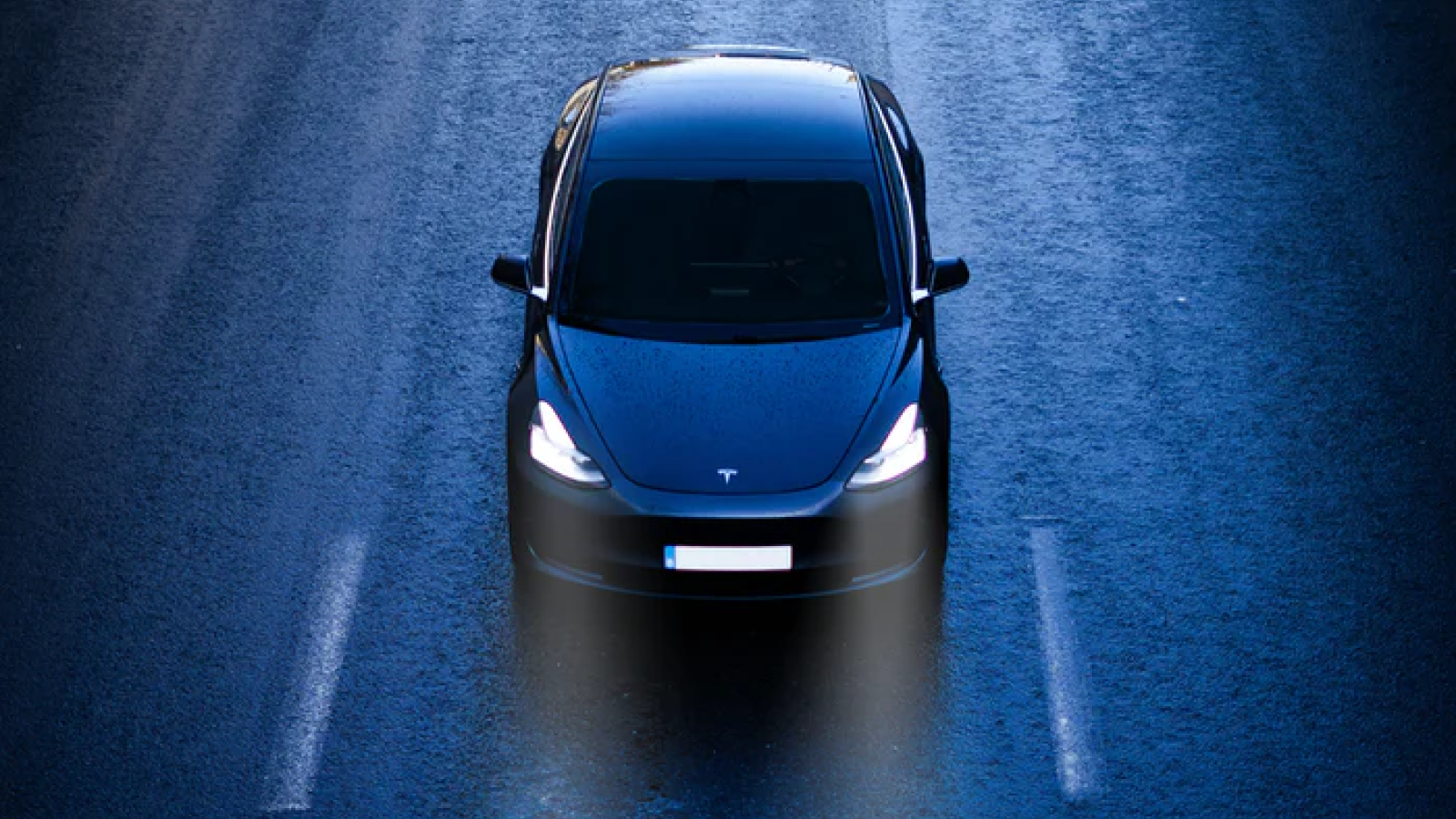When it comes to electric cars, Tesla is always an unavoidable topic, not only because of its powerful three-electric system, but also a very important killer application, Autopilot (hereinafter referred to as AP). Some even say that Tesla without AP has no soul.
To put it simply, AP can help you control throttle, brake and steering when clear lane markings are present on both sides of the road, achieving center lane driving, automatic following, braking, and autonomous steering.
Some people may have heard of lane-changing with signal lights and automatic assisted navigation driving, which are currently optional in the Fully Self-Driving Capability (FSD) package. However, as the upgrade brought by the FSD package is relatively limited compared to the price of 56,000, I do not recommend everyone to choose the FSD package for now. It is better to wait until more functions are rolled out. Besides, in terms of the functions of AP itself, it is already powerful enough to meet our daily needs. Therefore, this issue mainly focuses on the functions of AP itself.
However, first of all, I must remind everyone that this is by no means automatic driving. Some online videos using the AP incorrectly show people not touching the steering wheel at all or even driving without a human in the vehicle, which is extremely dangerous and should not be imitated!
After all, the current AP is obviously not as good as humans in many ways, such as prediction and recognition of small obstacles.
Therefore, there have been many negative opinions online about AP, generally speaking, that AP is not perfect and it can make people relax their vigilance, which, in turn, makes it more likely that accidents will happen. So, it is strongly advised not to use it.
However, most of these negative opinions come from friends who have not actually experienced AP for a long time. In my actual experience, as well as our mini-program survey, AP is still great.As one of the selling points of Tesla, many car owners would learn about the functions and usage scenarios of Autopilot (AP) through the internet or sales before buying a car. After actual use, 79% (67% + 12%) of car owners found it at least meeting their expectations and were fairly satisfied.
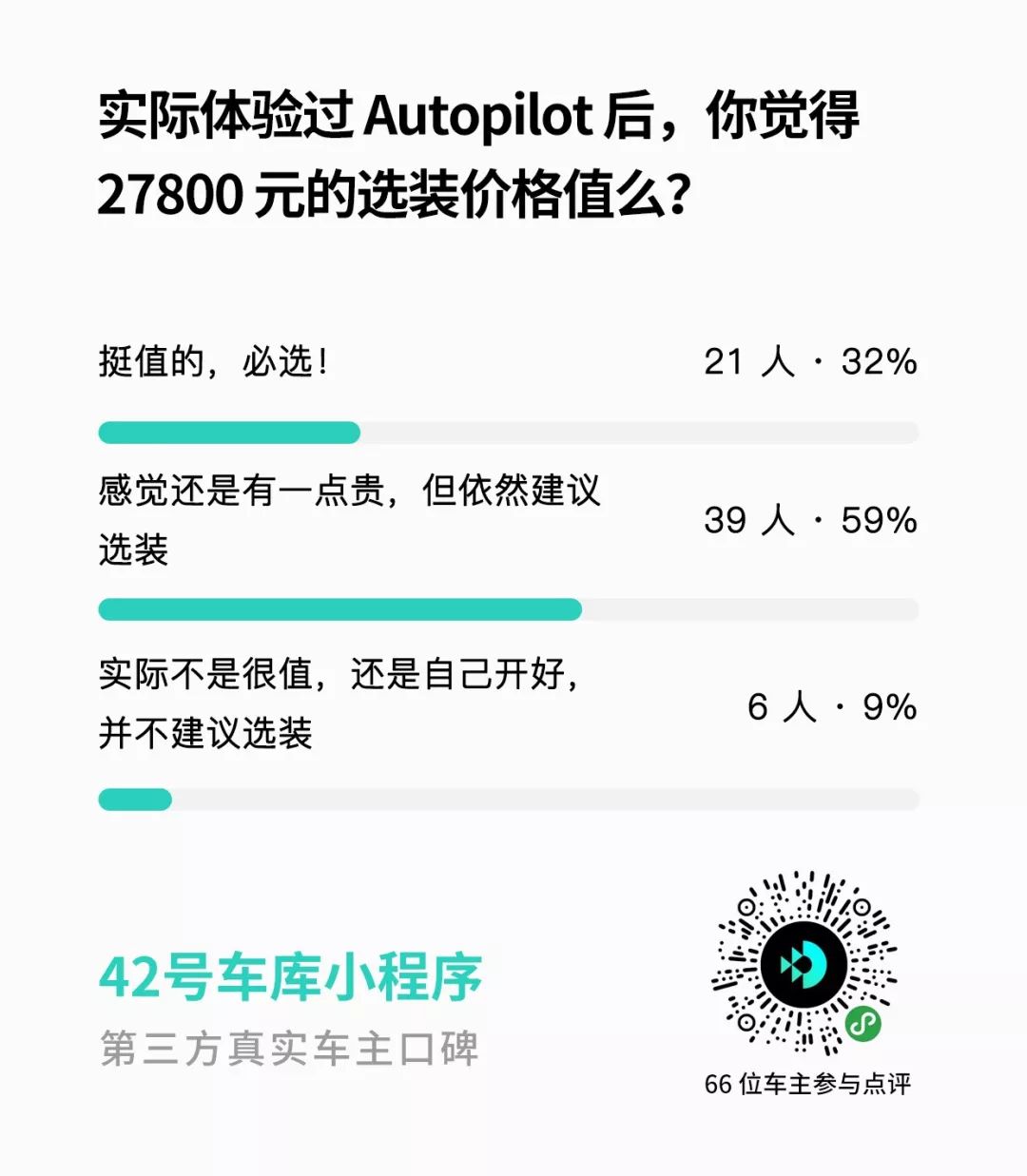
Although AP is included as standard equipment in all Tesla models except for the domestic Model 3, if optional, only 10% of car owners think AP is not recommended to be added. Therefore, if you say AP is not user-friendly, I think most car owners would not agree.
First, let’s take a look at the basic and essential lateral and longitudinal control of advanced driver assistance systems (ADAS), in other words, steering, acceleration, and braking.
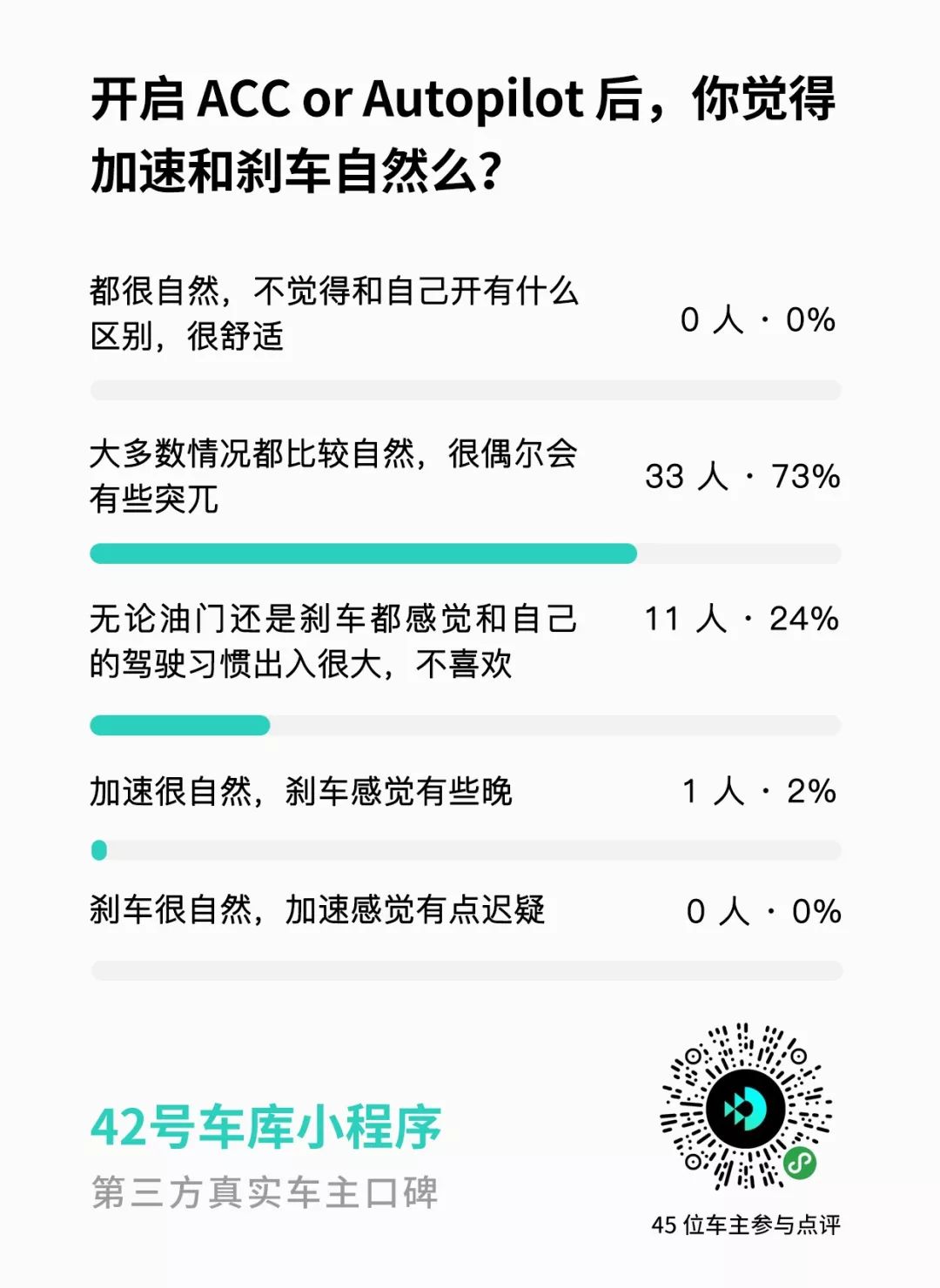
For the adaptive cruise control (ACC), it is not a new function anymore. Tesla’s overall smoothness is also relatively excellent. 73% of car owners think it is mostly natural, and only a few situations would have abruptness.
Tesla’s advantage is that there is no minimum speed limit when ACC is activated. Even when stationary, it can be turned on as long as the vehicle in front exists. Moreover, if it encounters a stop, Tesla can also follow the front vehicle for a long time without user intervention, and can minimize the number of times the driver operates the vehicle.
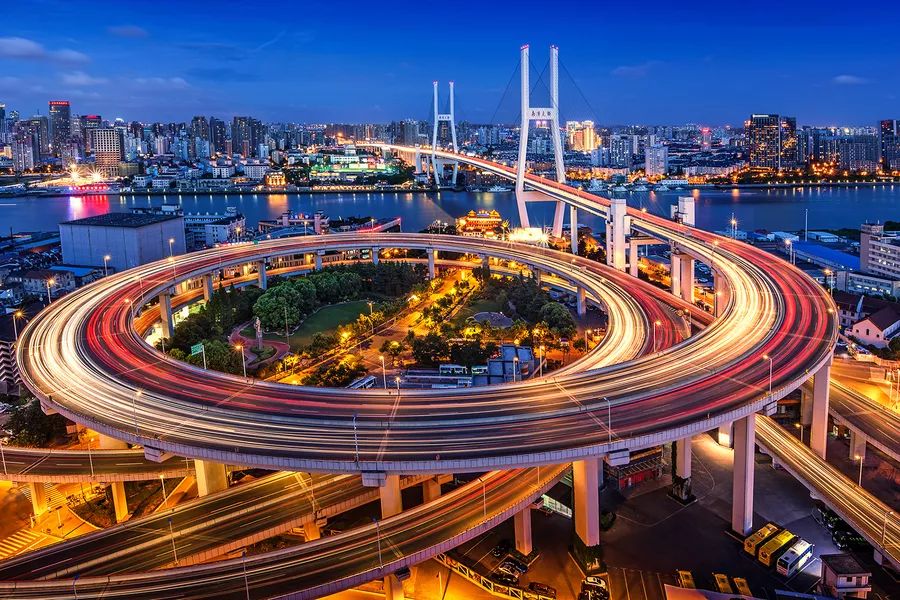
For the turning ability, this is also a significant difference between Tesla’s AP and other Level 2 ADAS. Due to years of data accumulation and continuous algorithm optimization, Tesla can now handle sharp curves, such as some overpasses, turning bridge ramps, etc. However, capability is one thing, perception is another. If it always makes people nervous, it might as well not exist.
Looking at the above survey, after enabling AP, 76% (68% + 8%) of car owners still feel very comfortable when passing large angled corners at not very high speeds, although some car owners would still be concerned. Nevertheless, the degree of acceptance of ADAS varies among individuals. It is enough to make most people feel at ease.Because AP can control the vehicle in a stable and natural way both horizontally and vertically, it can effectively help the driver control the vehicle and relieve driving fatigue under certain road conditions.
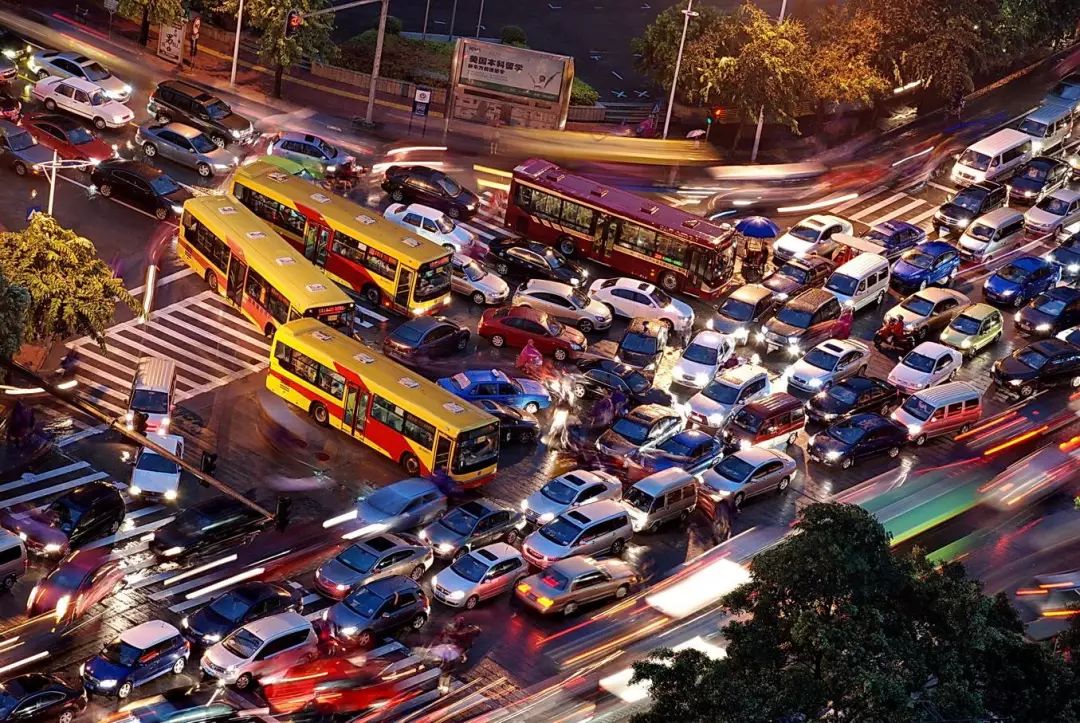
Of course, some friends may think that since AP helps you control the vehicle, the driver is more likely to look at their phone or do something unrelated to driving. And currently, China’s traffic environment is very complicated, and AP is not omnipotent, which may lead to accidents.
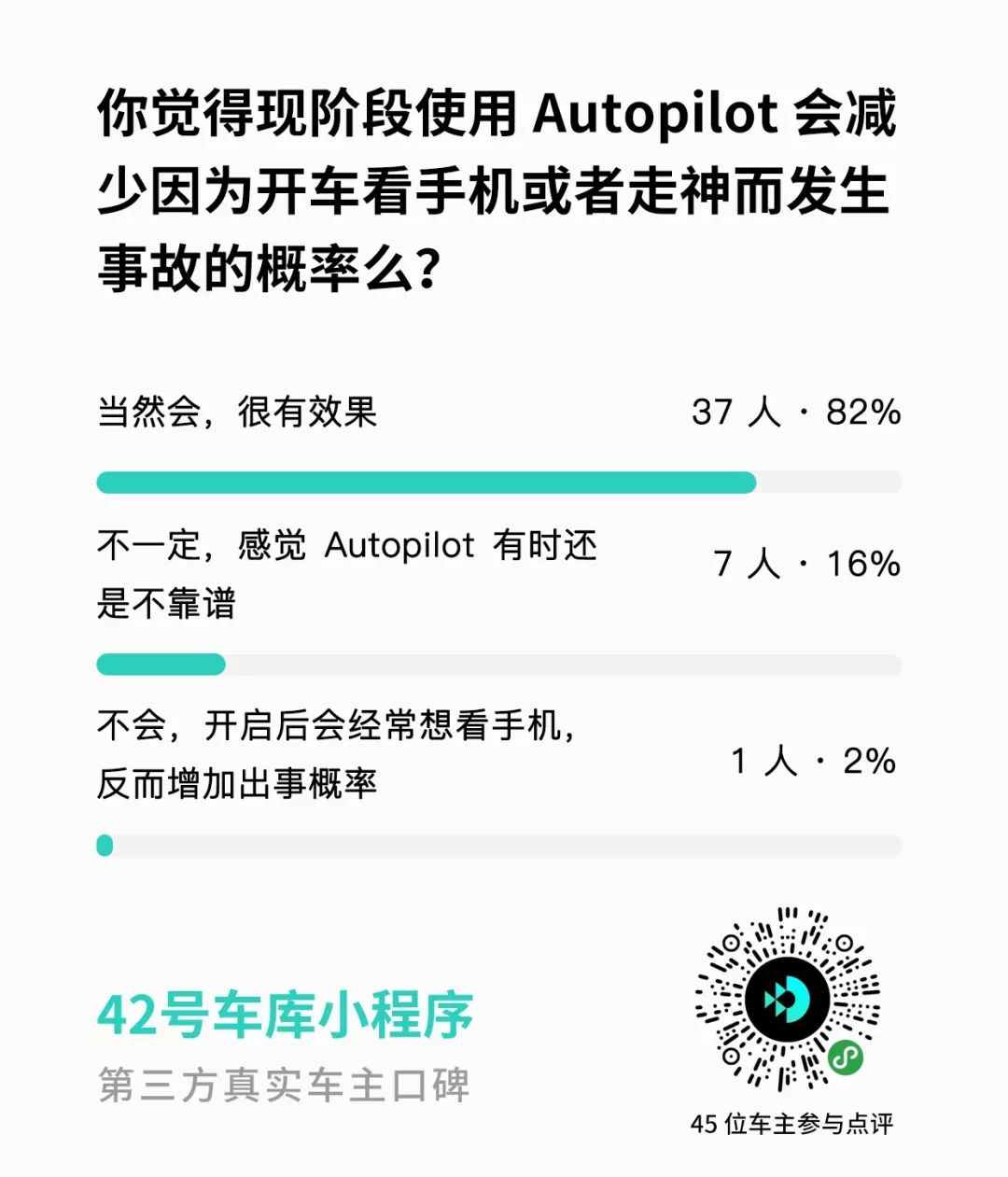
However, according to the actual feedback from car owners, after using AP, 82% of car owners feel relatively safer.
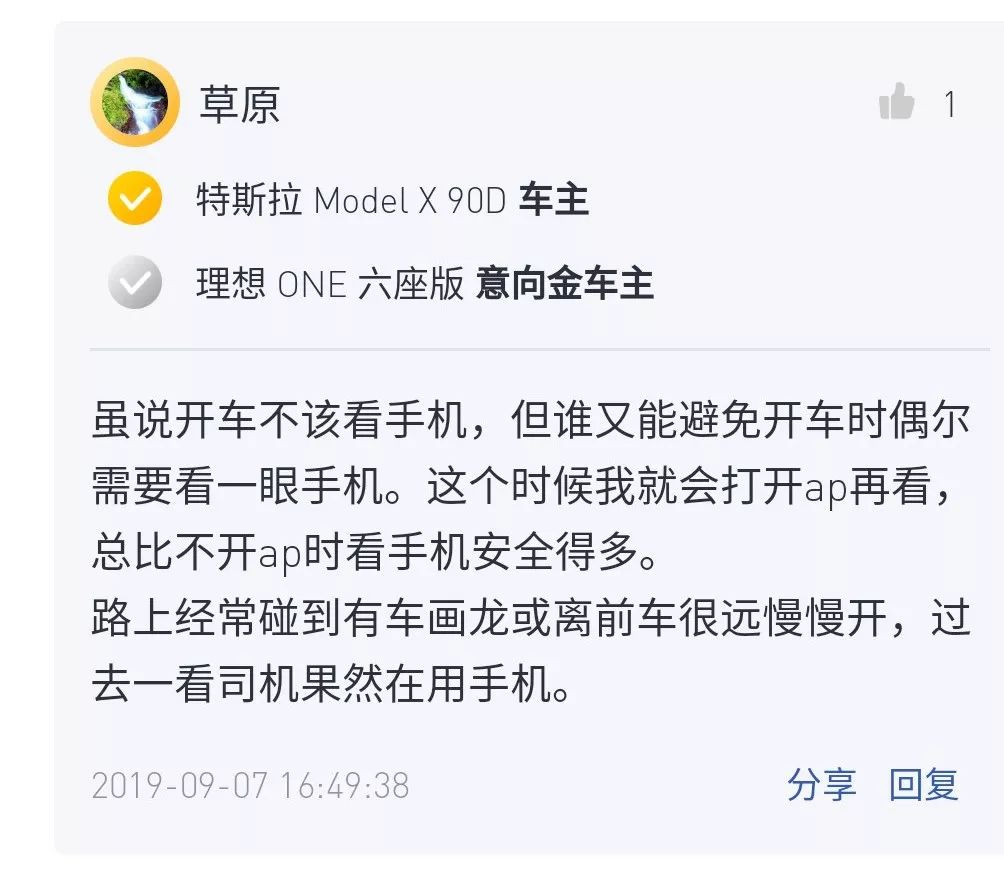
As for the possibility of accidents caused by using AP and looking at phones or becoming distracted, the car owner friend above has explained it very well. After all, even without AP, no one can avoid looking at their phone or becoming distracted.
For the shortcomings of AP’s own capabilities, it is actually not a problem for car owners who use AP for a long time.
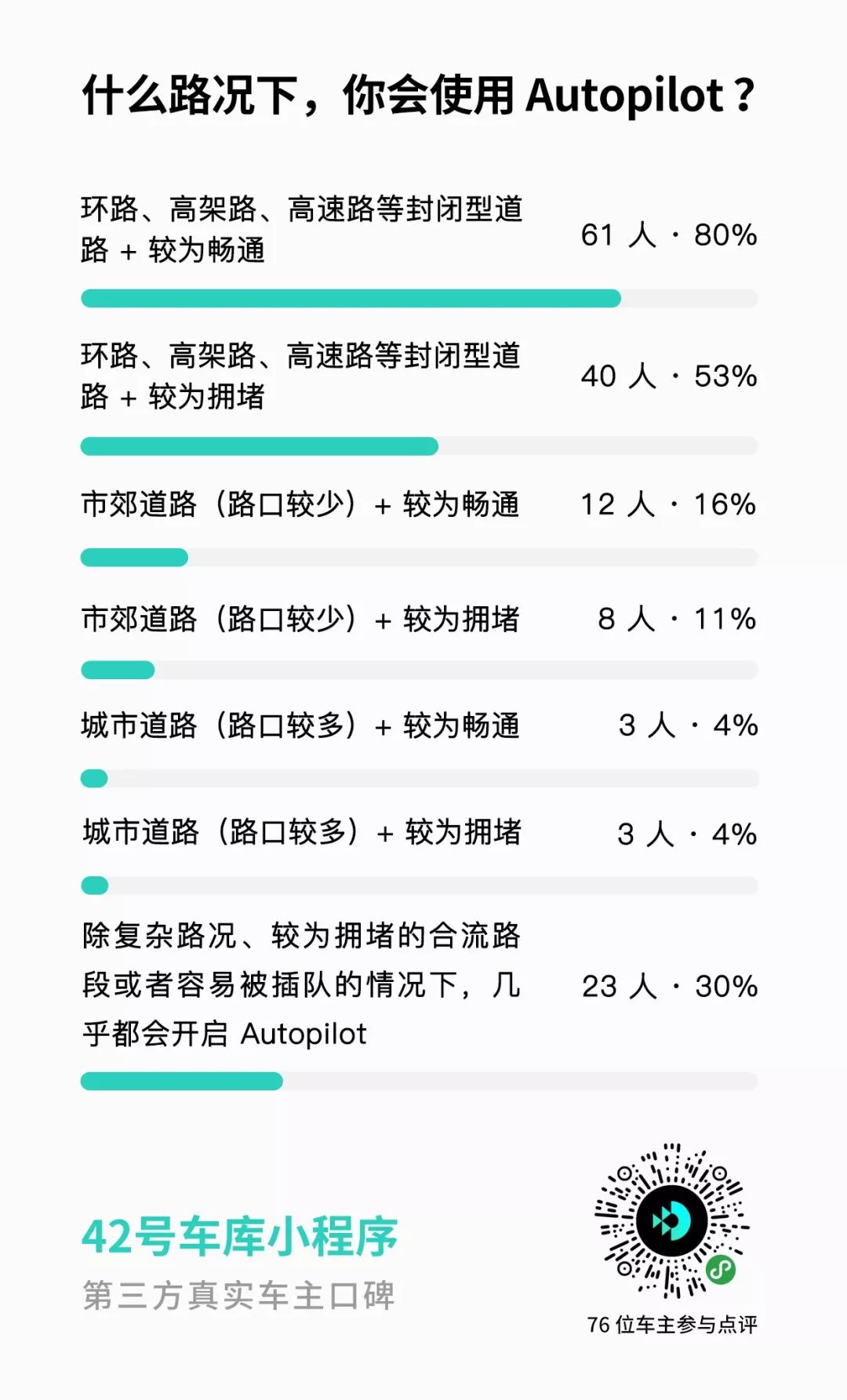
First of all, AP’s main usage scenarios are on closed roads such as highways, ring roads, and elevated roads, where the road conditions are usually not that complicated. On open roads or more complex road conditions, manual intervention is often required and almost no one uses it.
For careful friends, it can also be seen that even in congested scenarios on closed roads, more than half of car owners still choose to use AP. If you pay attention to AP, you must know that the distance between the car when following at low speeds is relatively long and it is easy to be cut in when in traffic jams. Isn’t using AP in traffic jams just asking for it?
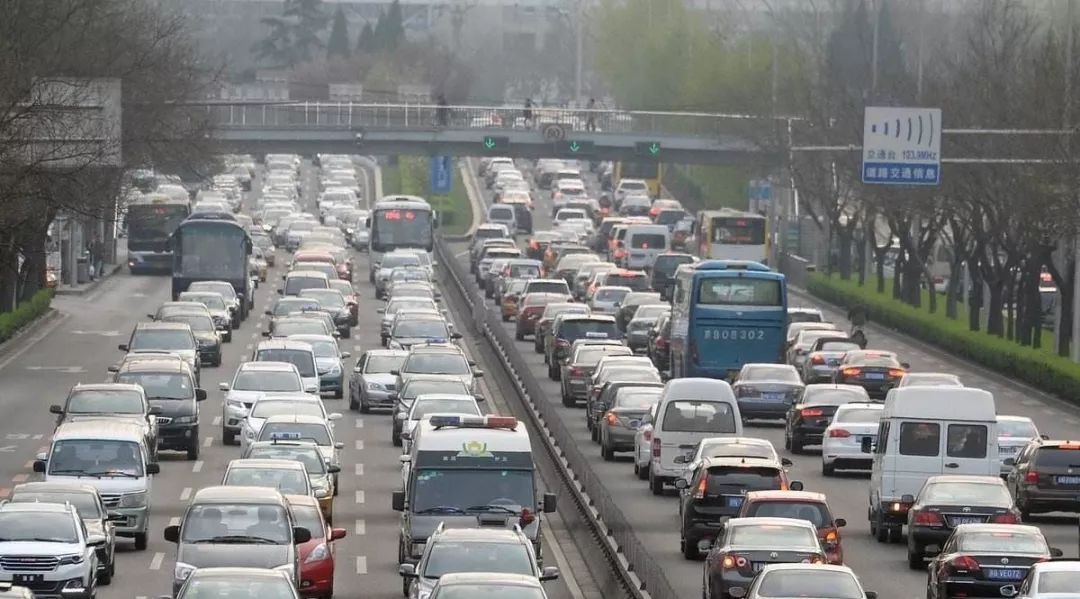
But I think AP is a magic weapon for traffic jams on ring roads! The reasons are as follows:* There will be much fewer cases of cutting in and squeezing in when the road is congested, especially in the inner lane.
- With the AP turned on, you only need to pay attention, and hardly have to step on the gas or brake, which can effectively resolve your frustration when you are stuck in traffic and extremely comfortable (except in emergencies…).
Moreover, many people think that using the AP will be more dangerous, mainly because they are not familiar with it.
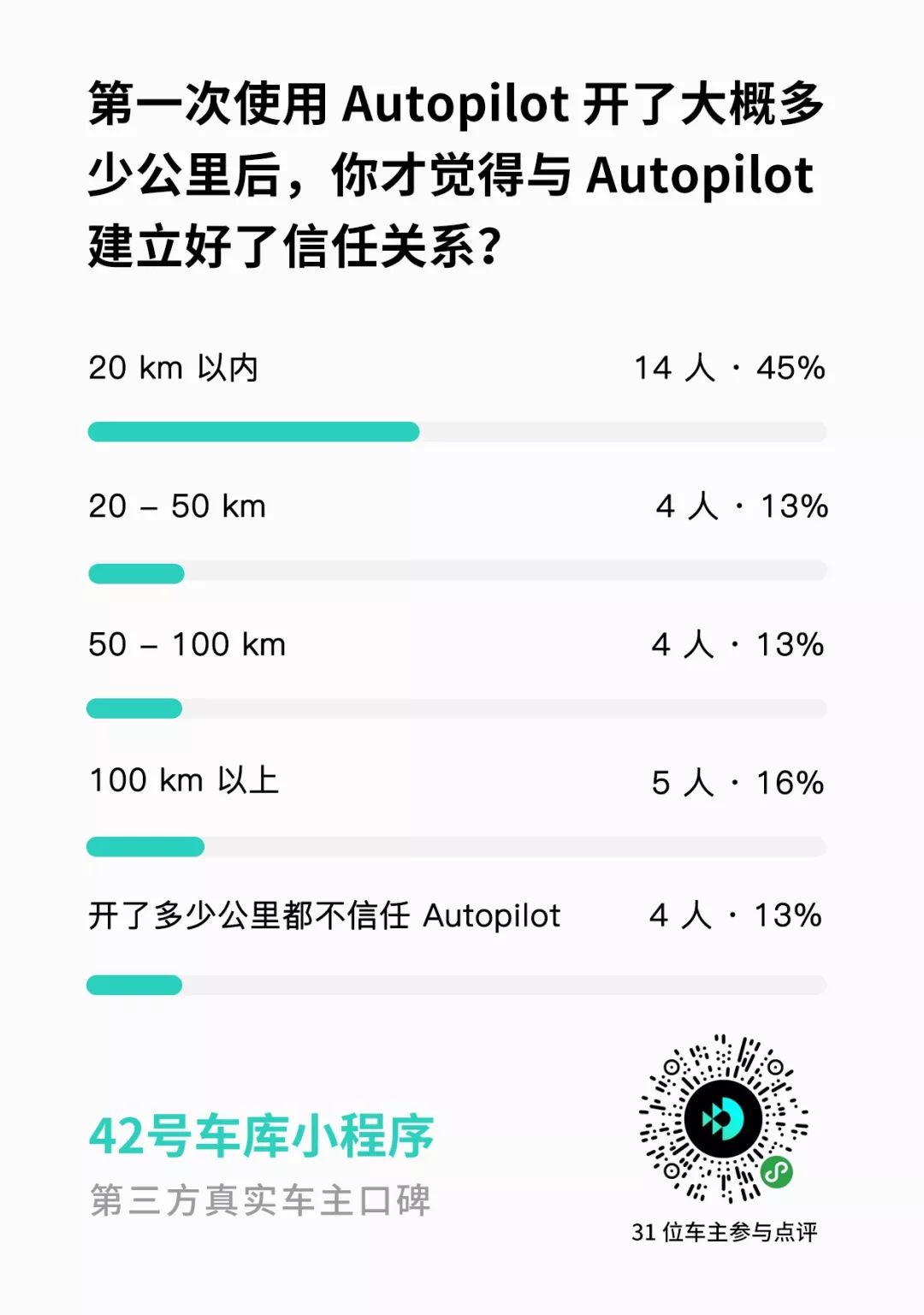
For real car owners, they and the AP have a familiarization process, figuring out its boundaries and establishing trust with it. As for how long it takes to establish trust, due to the different actual driving conditions of each person, it can be long or short.
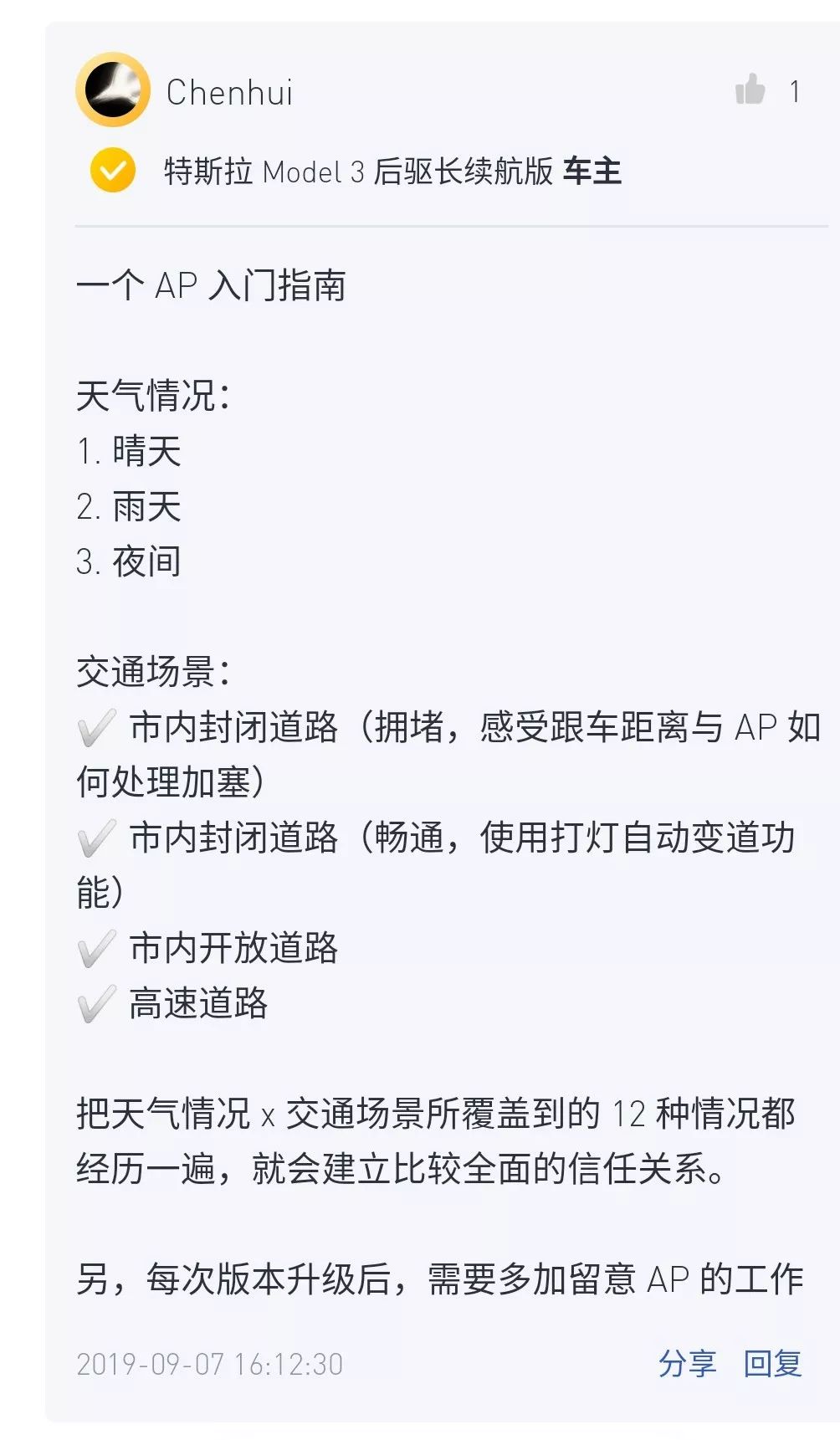
The above car friend summarized for everyone the various usage scenarios that they may encounter and advised everyone to experience all the above scenarios as much as possible. When you are familiar with the AP, you will be very clear about when it may exceed its ability boundaries, so you can prepare in advance, and this does not require you to deliberately maintain attention, it is more like muscle memory or instinct, of course, the premise is that you know it enough.

Next, we found two Tesla owners to see the pros and cons of the AP in their eyes.

Because their previous car was the Mercedes-Benz GLC, which had ACC function (no lane keeping), and it was often used, they were very familiar with following cars, so there was no feeling in particular when using the AP for the first time. They felt that the lane keeping was good, and they were liberated from then on.
Now, they travel back and forth 120 km a day, and they basically use the AP for 100 km, which can be regarded as a heavy AP user. If they were still driving the previous gasoline car, they would probably be very tired. So after using the AP, they will definitely not consider a car without driver assistance.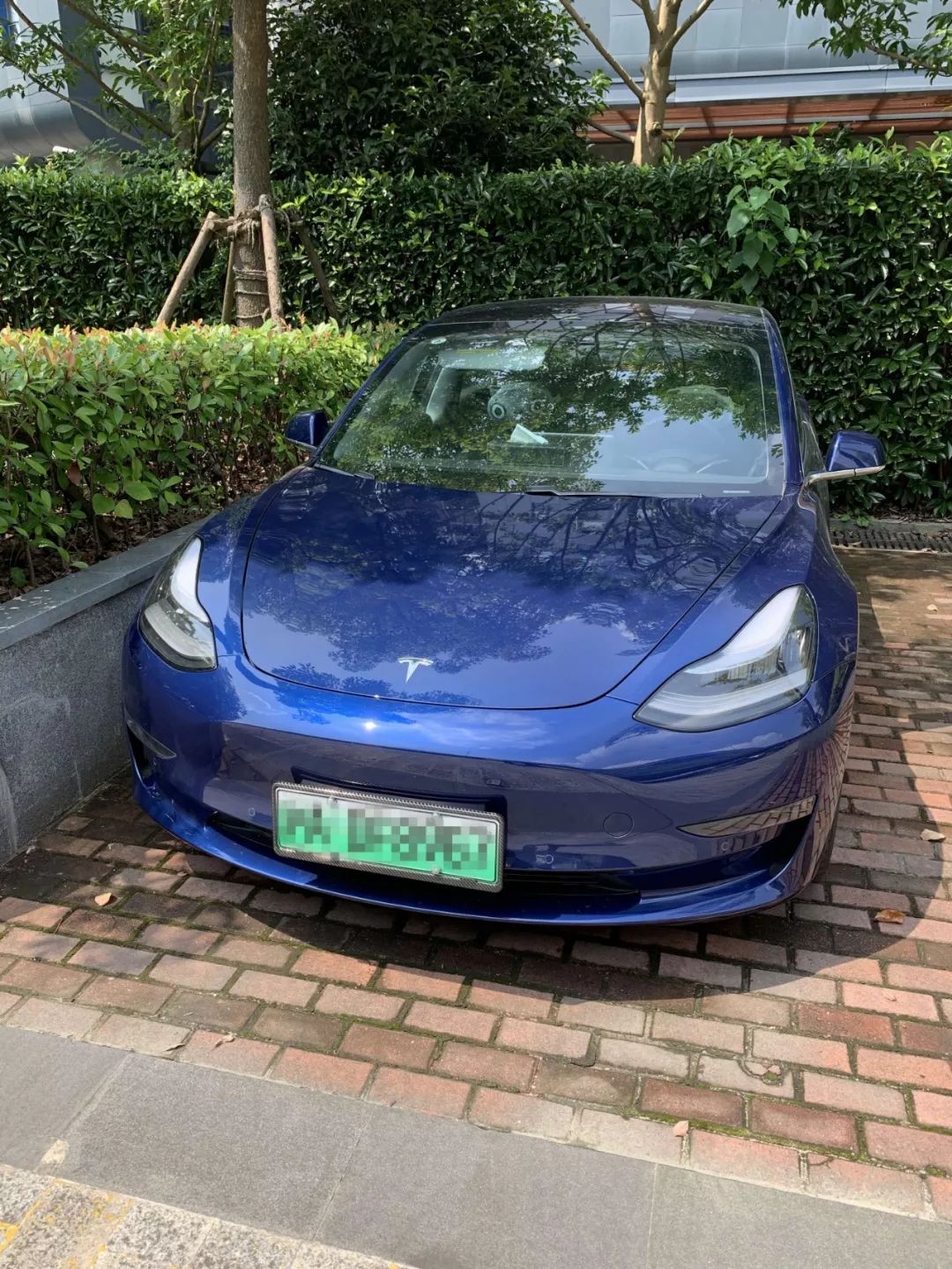
After long-term use, AP is very useful on closed roads, but attention should not be lost to road conditions, remember. It has only been used once or twice on ground roads and often needs to be canceled. The experience is not good, so I simply stopped using it on open roads.
Of course, AP also has some drawbacks. For example, when someone cuts in, the steering wheel may sway left and right, and it feels a bit lacking in confidence. Another extreme situation is when someone cuts in abruptly, if it can’t react in time, it will crash. I was paying attention all the time and avoided it by braking myself that time.
Finally, I have two small suggestions for everyone:
-
Don’t rely too much on AP, as it will indeed increase the probability of accidents. Always stay attentive and don’t rely on it completely. Even if you occasionally check your phone (don’t learn from me), keep your peripheral vision on the road.
-
It is not recommended to use a distance of 1 for following other cars, at least 3 should be used (note: Tesla has a total of 7 adjustable distance modes, and 1 is the closest). Let those who cut in go, as we are using AP anyway. Be more relaxed.

First, let’s talk about the good aspects of it. Overall, it’s excellent. The automatic lane-keeping function is very useful. It was my first time encountering this function, and I felt it was very practical. Basically, as long as I grasp the steering wheel, I don’t have to worry about it anymore. Anyway, I usually turn on AP when the lane lines are clear.
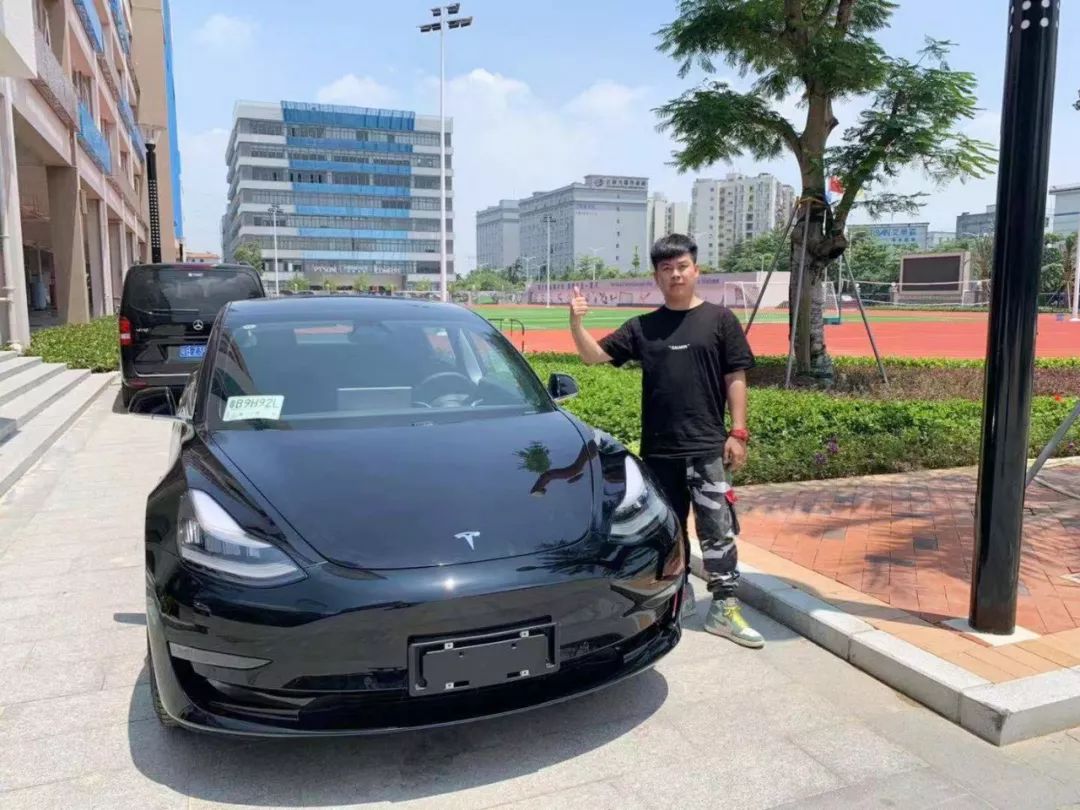
Because I work in the music industry, I sometimes like to daydream and come up with some details about music. Fortunately, Tesla has given me a good audio system plus a function that allows me to quiet my mind and think. I think it suits me very well (but I still need to maintain a certain level of attention). I’ll stop talking about the good aspects of it here. There are too many benefits, and everyone who has used it says it’s good.
Although AP is indeed very useful, there are also some issues or things to pay attention to:
-
The steering wheel must be grasped, and control is still not mine.
-
Small things cannot be detected at all, such as a dog, an ice cream cone, etc. This is something that everyone generally feels.* Some road lines are not drawn properly, which makes AP hesitant about the road ahead. I always wanted to see how it would deal with it, but in the end, it slammed the brakes suddenly and made me panic.
-
If you turn the steering wheel too hard to cancel the lane keeping torque, it may cause the vehicle to sway, and this will only exit AP but not ACC function, so unless there are special circumstances, it is recommended to gently press the brake to leave AP.
-
Some small functions in AP, such as lane deviation warning, are not recommended for use. If you do not turn on the turn signal to change lanes in an emergency, it will suddenly assist in keeping the lane and help you get back on track, which is still a bit dangerous. Experienced drivers recommend turning it off, and newbies recommend turning on the vibration.
Although I have criticized a lot, there is nothing perfect, and AP is just a machine, involving many things, and the coordination between hardware and software is also very close. People are alive and have their own perceptions of things, and they need to constantly give it cognition. There are points to criticize, but growing in criticism is also the driving force for assisted driving to progress step by step. I look forward to my Model 3 returning home after mastering AP skills.
Finally, welcome everyone to experience Tesla’s AP, and please remember my referral code-73567!
After reading the real feelings of the two car owners above, even though AP still has some room for improvement and optimization, when car owners understand the ability boundaries of AP, knowing how to take advantage of it and avoid its harm, AP becomes a great assistant for them.
As the previous car owner said, nothing is perfect.
AP also has its own ability range. Within its range, it is like your capable assistant, helping you reduce a lot of burden. At the edge of its ability, you are like its mentor, and you also need to help guide it.
Finally, let’s take a look at whether the car owners can go back to driving without AP after using it.
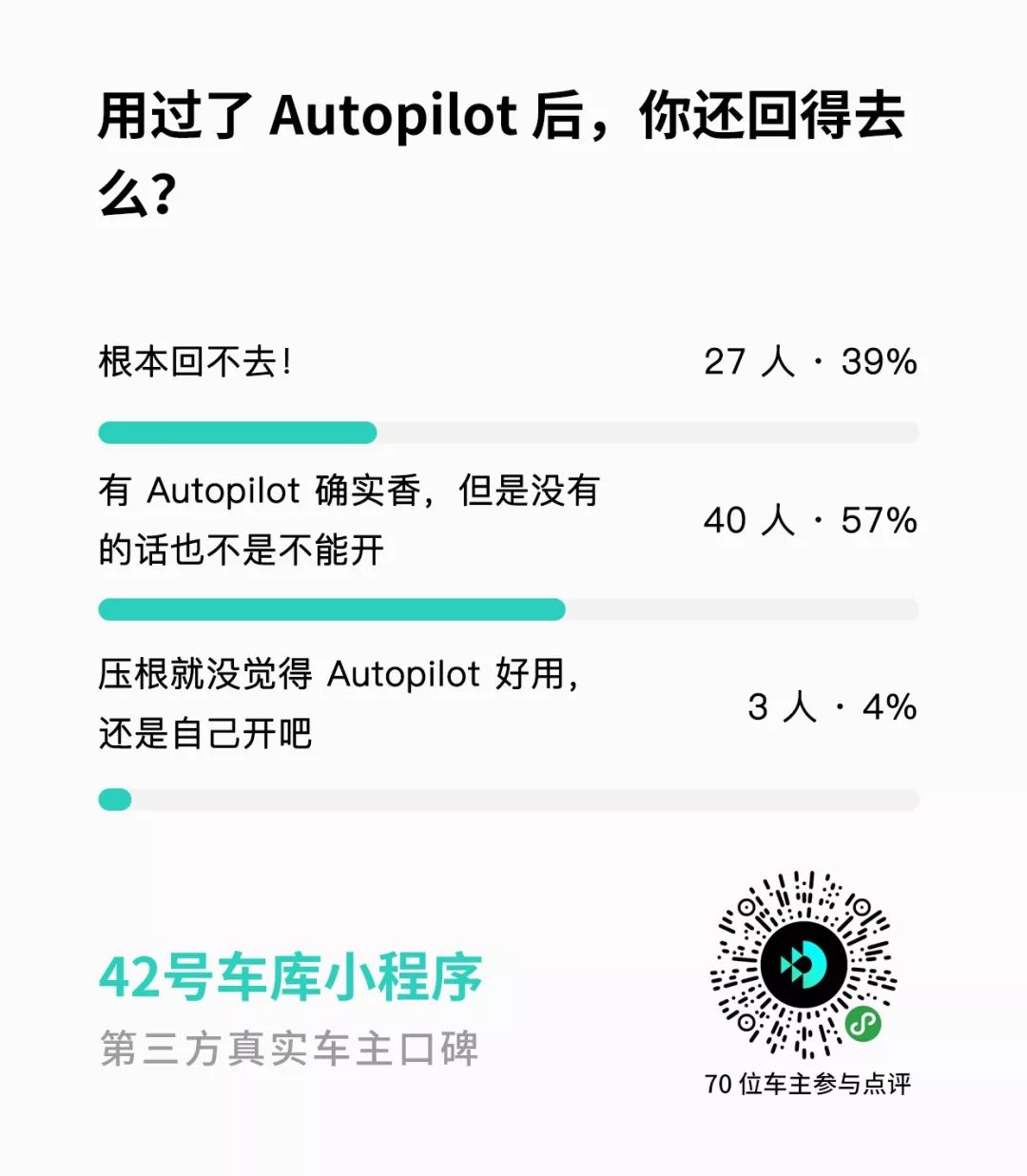
Although nearly 40% of car owners cannot leave AP, I think it is more important that only 4% of car owners have a negative attitude towards AP, which shows that in the vast majority of car owners’ eyes, AP is very useful, and that is enough.
This article is a translation by ChatGPT of a Chinese report from 42HOW. If you have any questions about it, please email bd@42how.com.
